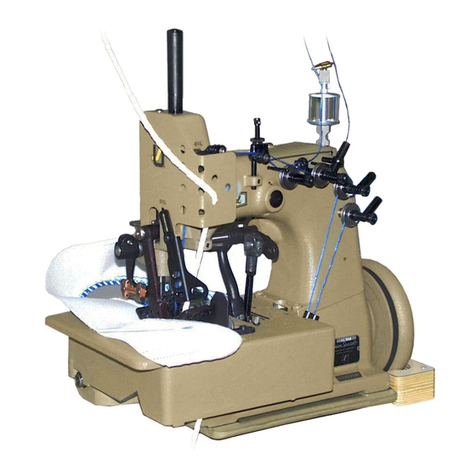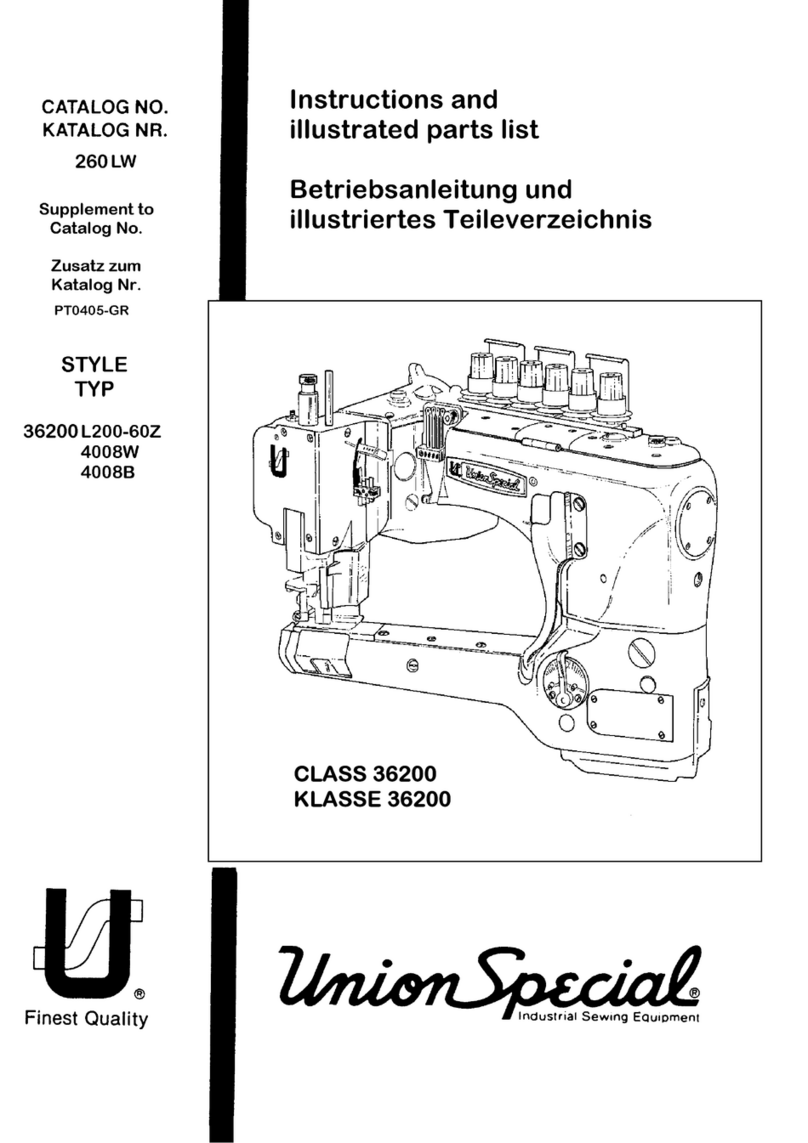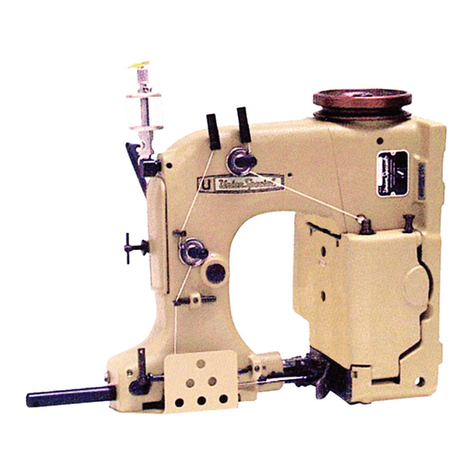UnionSpecial 39500N Series Instruction sheet
Other UnionSpecial Sewing Machine manuals
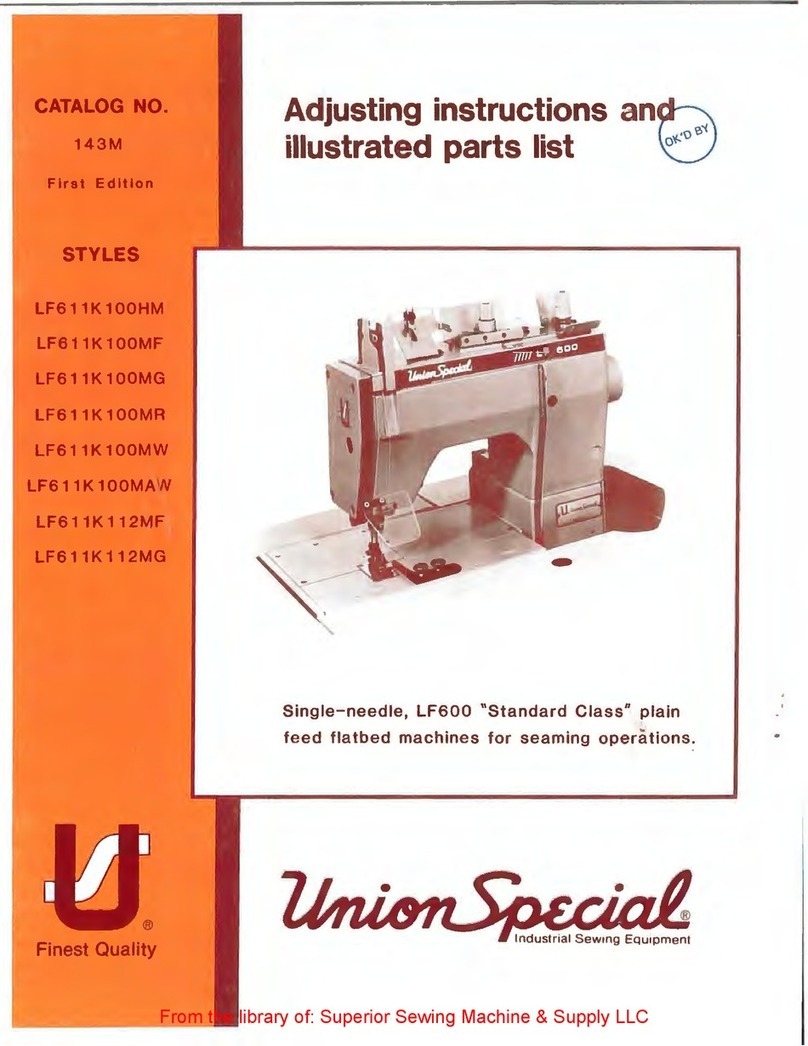
UnionSpecial
UnionSpecial LF611K 100HM Setup guide
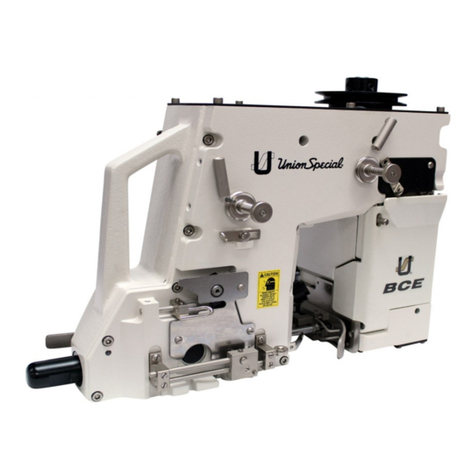
UnionSpecial
UnionSpecial BCE300 User manual

UnionSpecial
UnionSpecial 39500 Series Instruction sheet
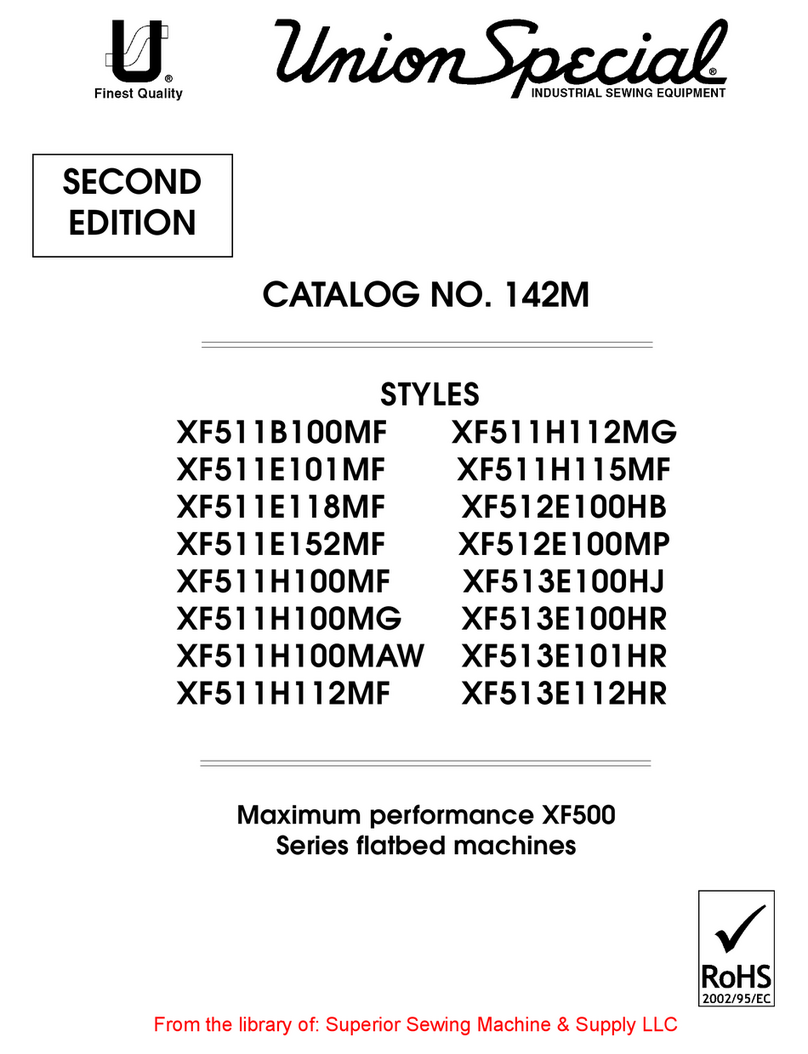
UnionSpecial
UnionSpecial XF511B100MF User manual
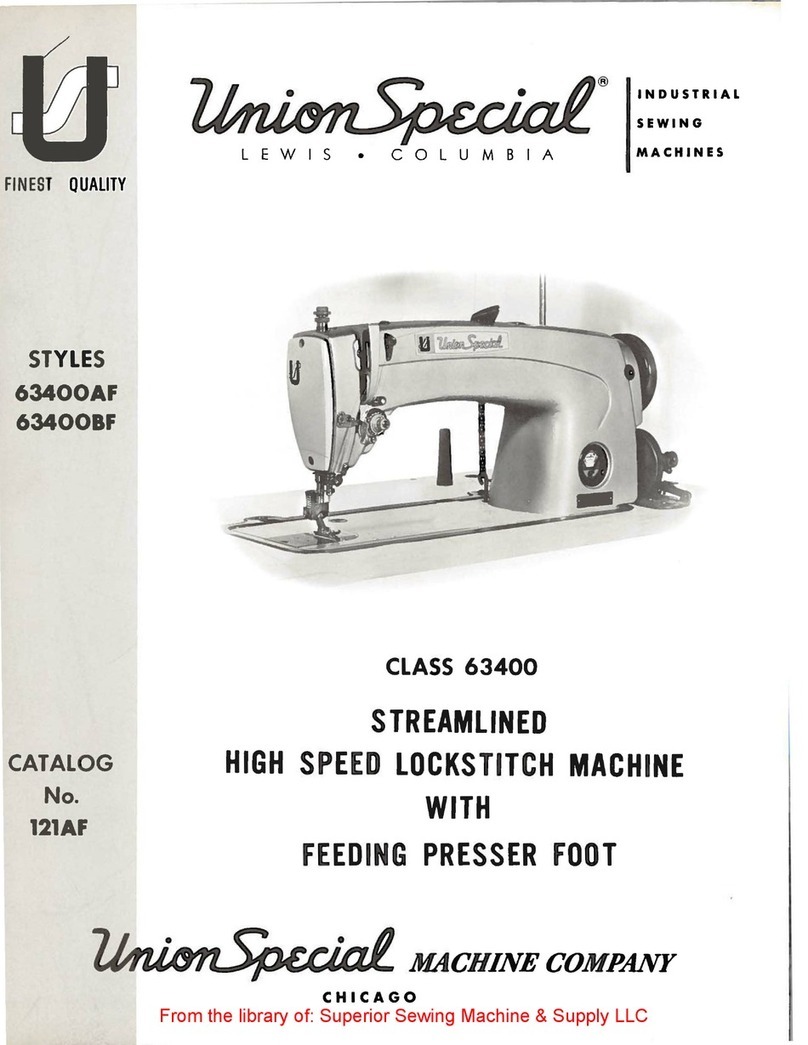
UnionSpecial
UnionSpecial CLASS 63400 Instruction sheet
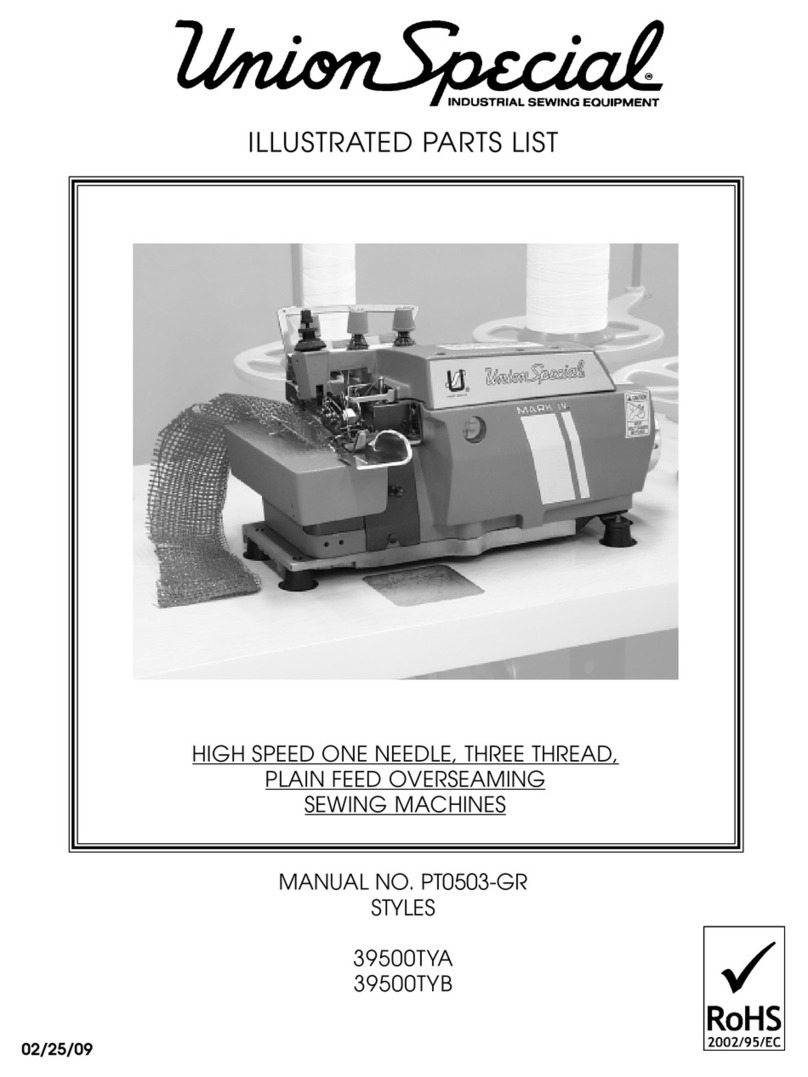
UnionSpecial
UnionSpecial 39500TYA Setup guide
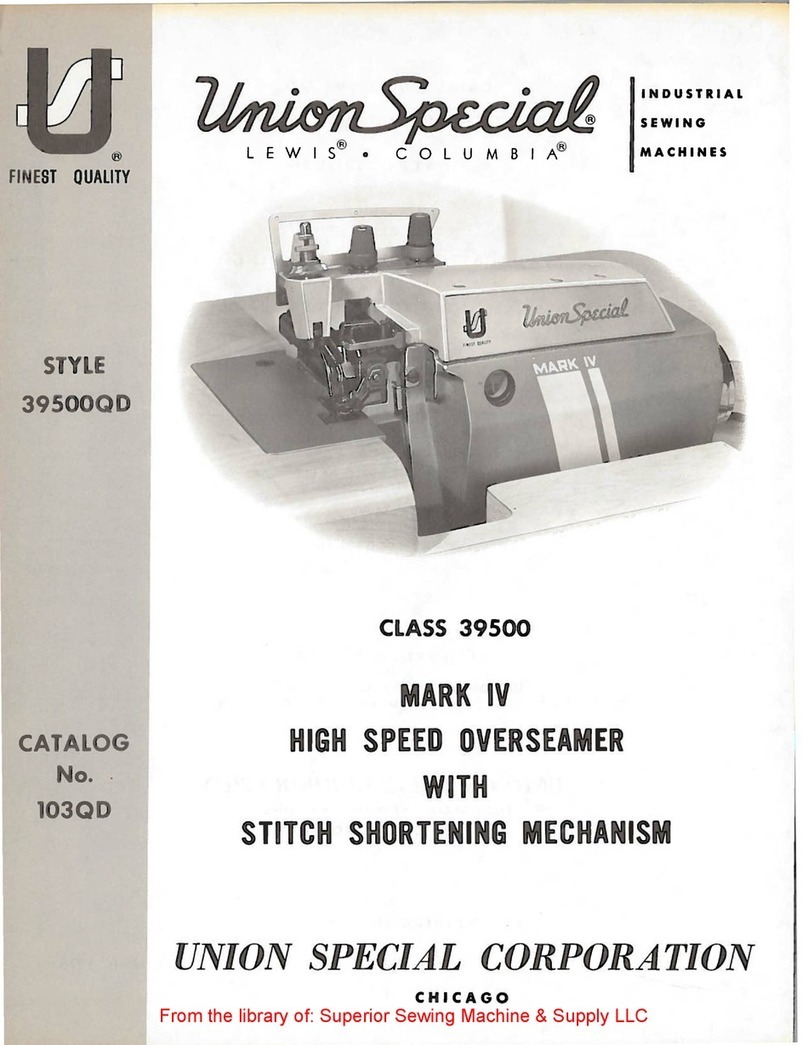
UnionSpecial
UnionSpecial 39500 Series Instruction sheet
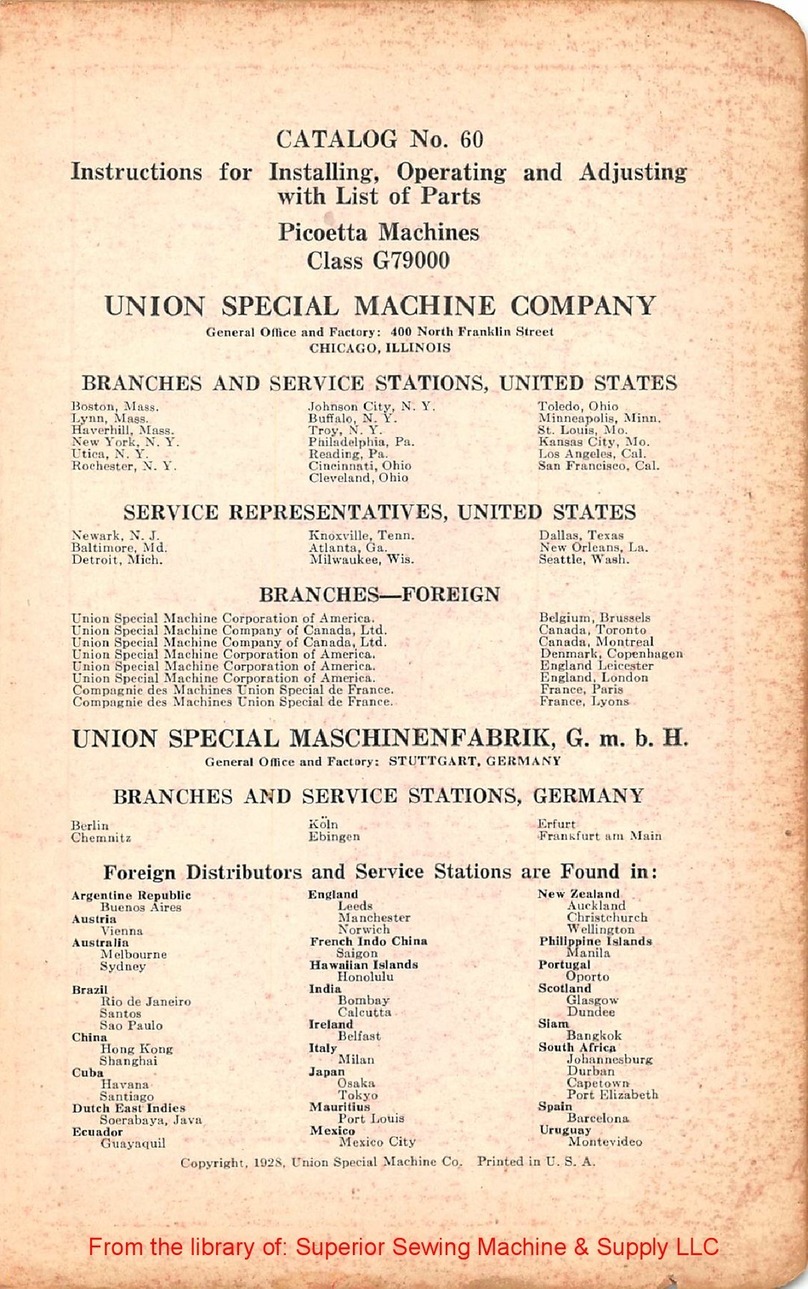
UnionSpecial
UnionSpecial Picoetta G79000 Series Instruction Manual
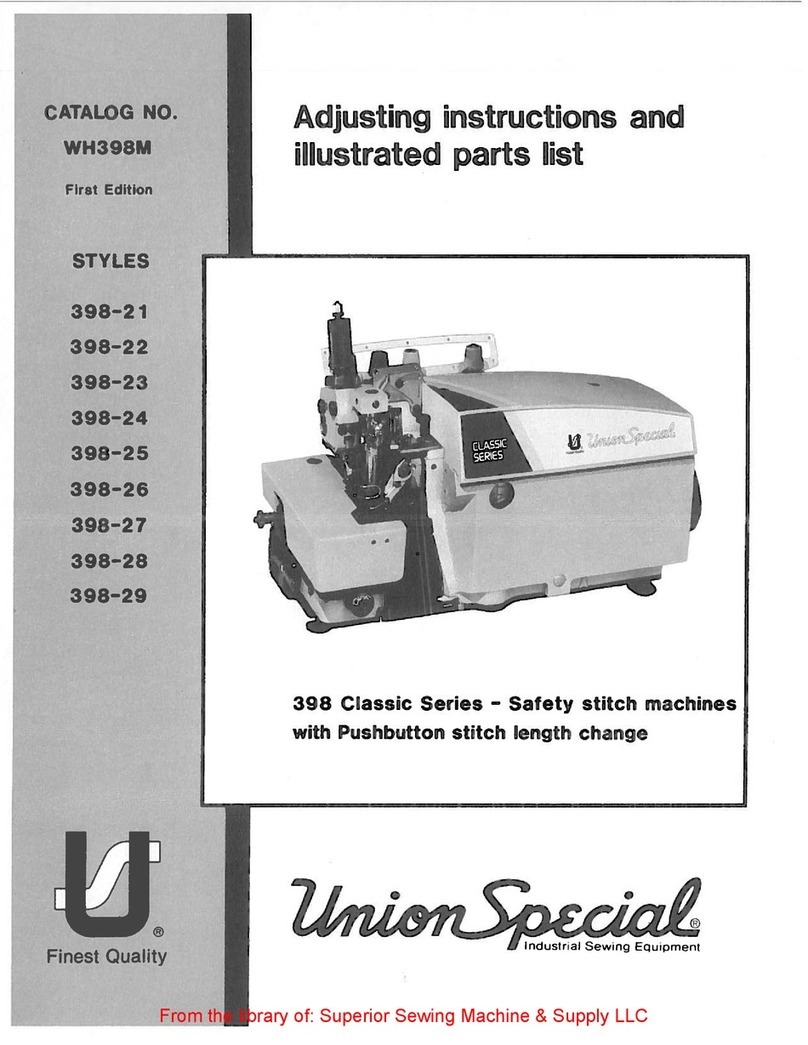
UnionSpecial
UnionSpecial 398 Classic Series Setup guide

UnionSpecial
UnionSpecial 53700B Setup guide
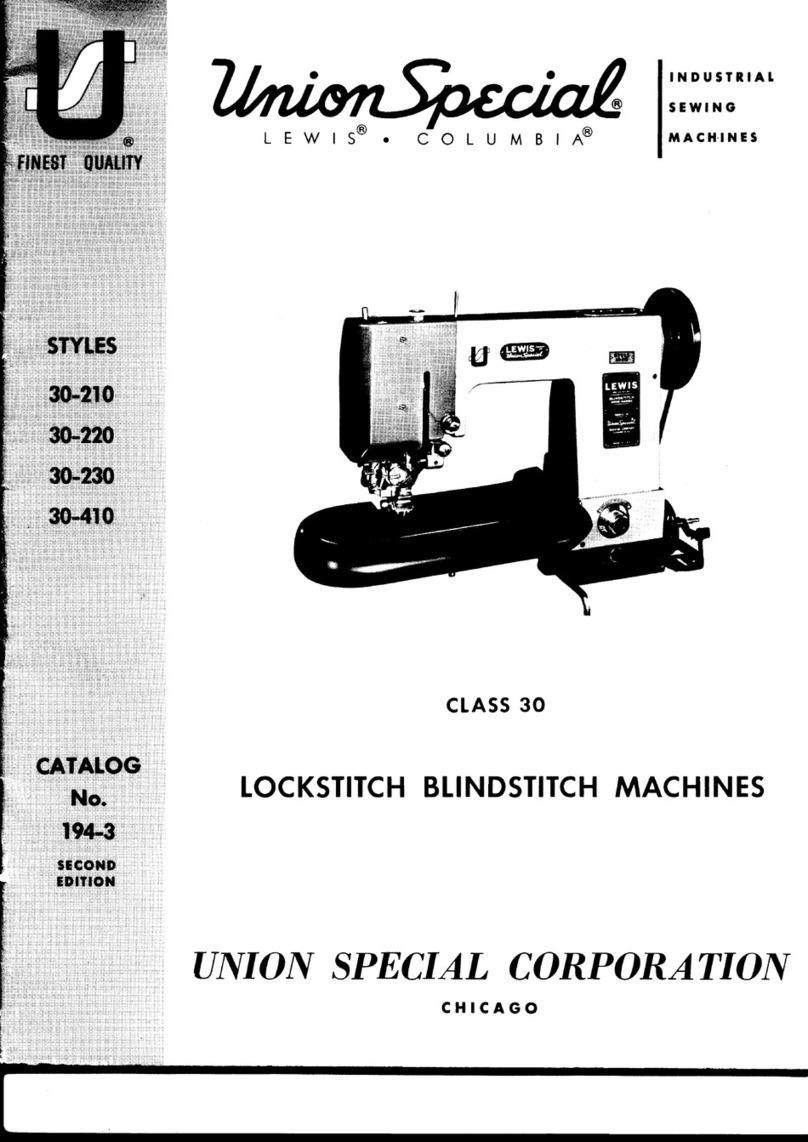
UnionSpecial
UnionSpecial Lewis Columbia 30-210 Instruction sheet
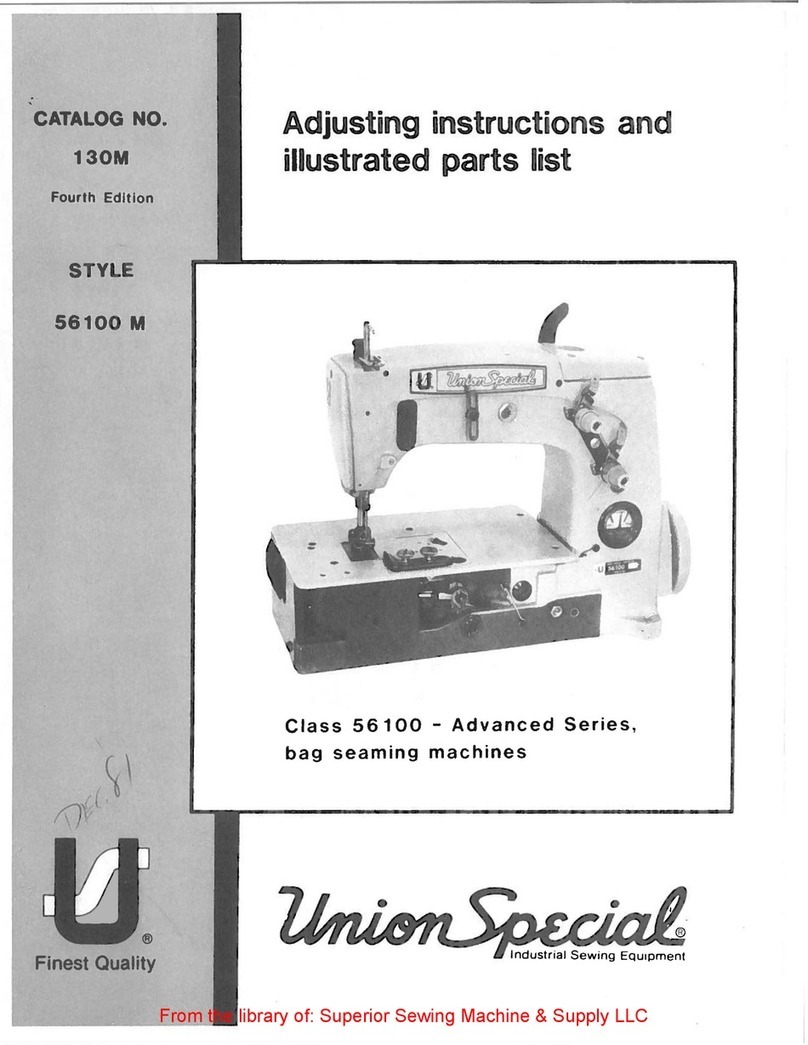
UnionSpecial
UnionSpecial Advanced 56100 Series Setup guide
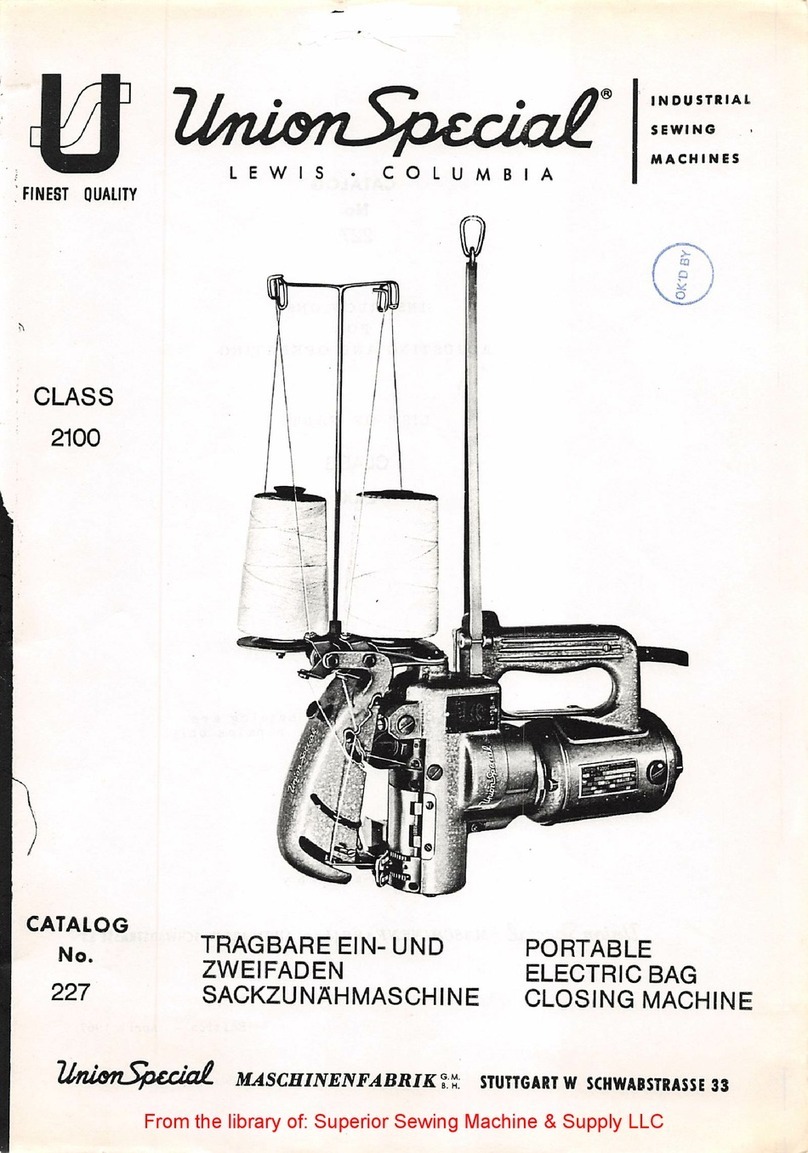
UnionSpecial
UnionSpecial CLASS 2100 Instruction sheet
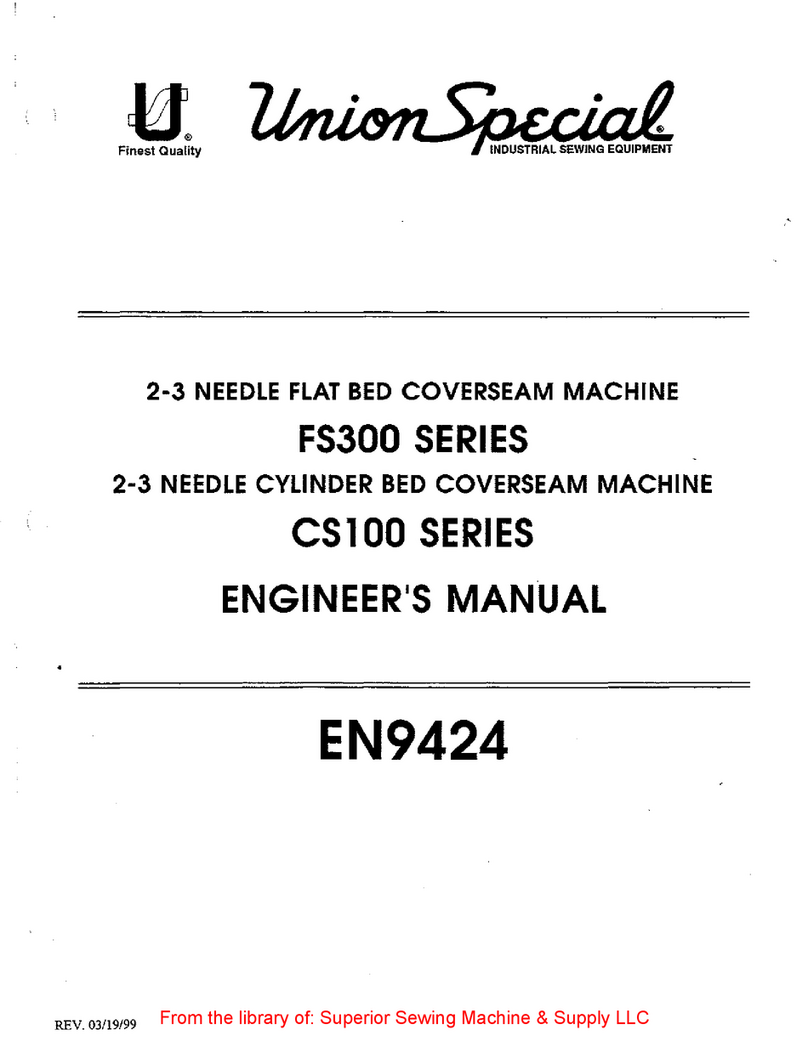
UnionSpecial
UnionSpecial FS322 Quick start guide
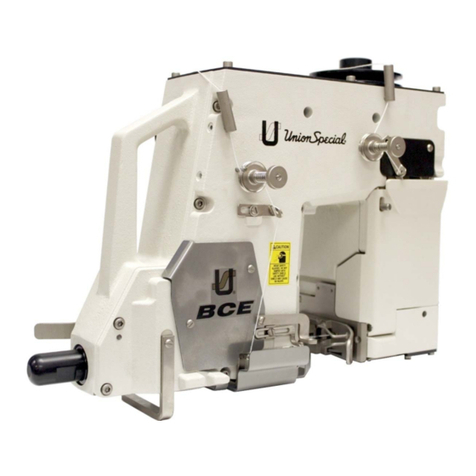
UnionSpecial
UnionSpecial BCE200 User manual
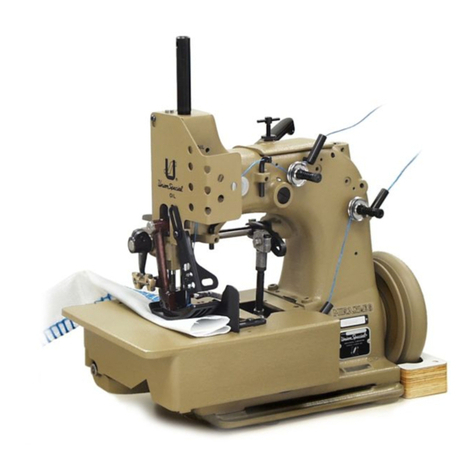
UnionSpecial
UnionSpecial 81500A Setup guide
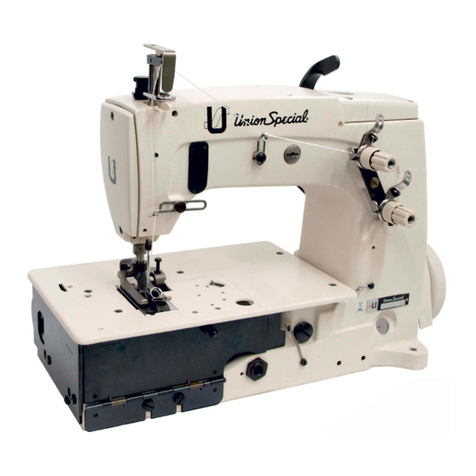
UnionSpecial
UnionSpecial Advanced 56100 Series User manual

UnionSpecial
UnionSpecial 39500AB Instruction sheet
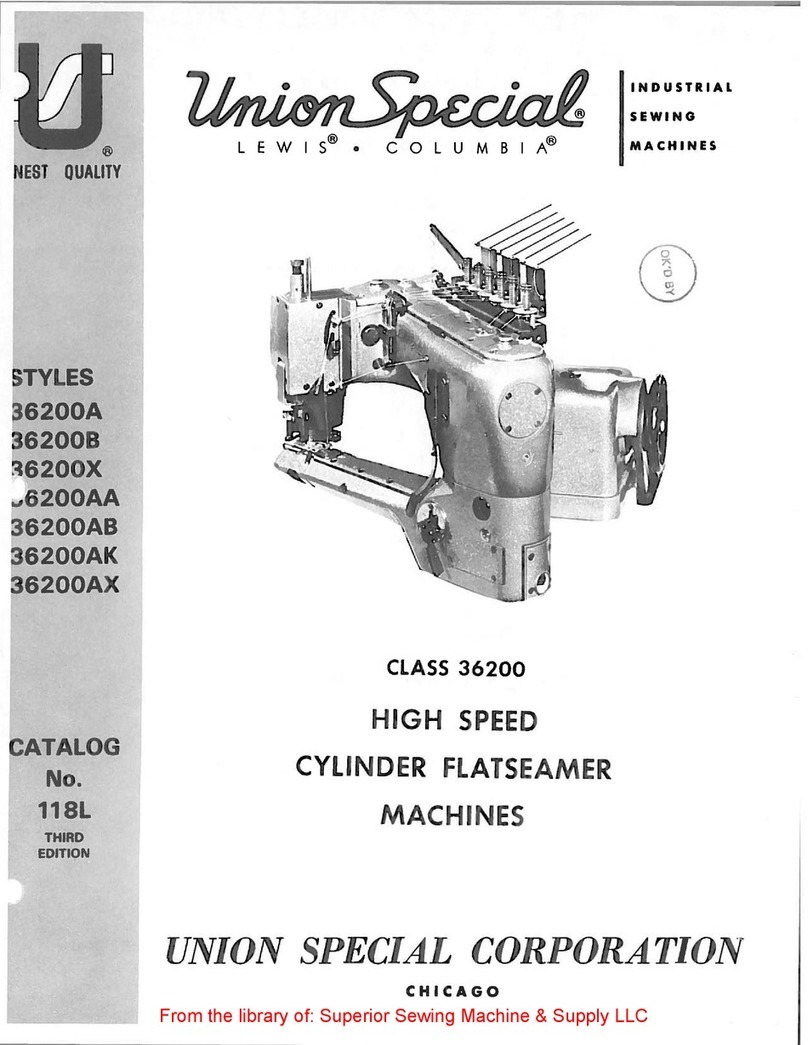
UnionSpecial
UnionSpecial 36200 Series Instruction sheet
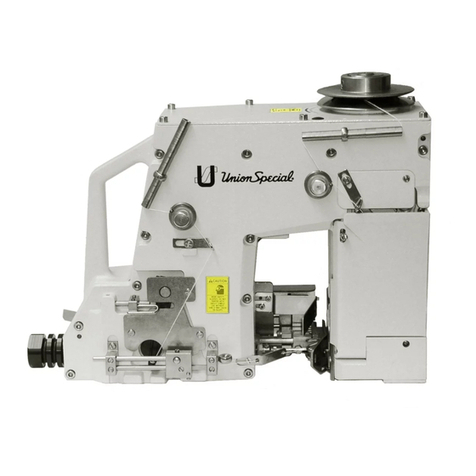
UnionSpecial
UnionSpecial BC100 User manual
